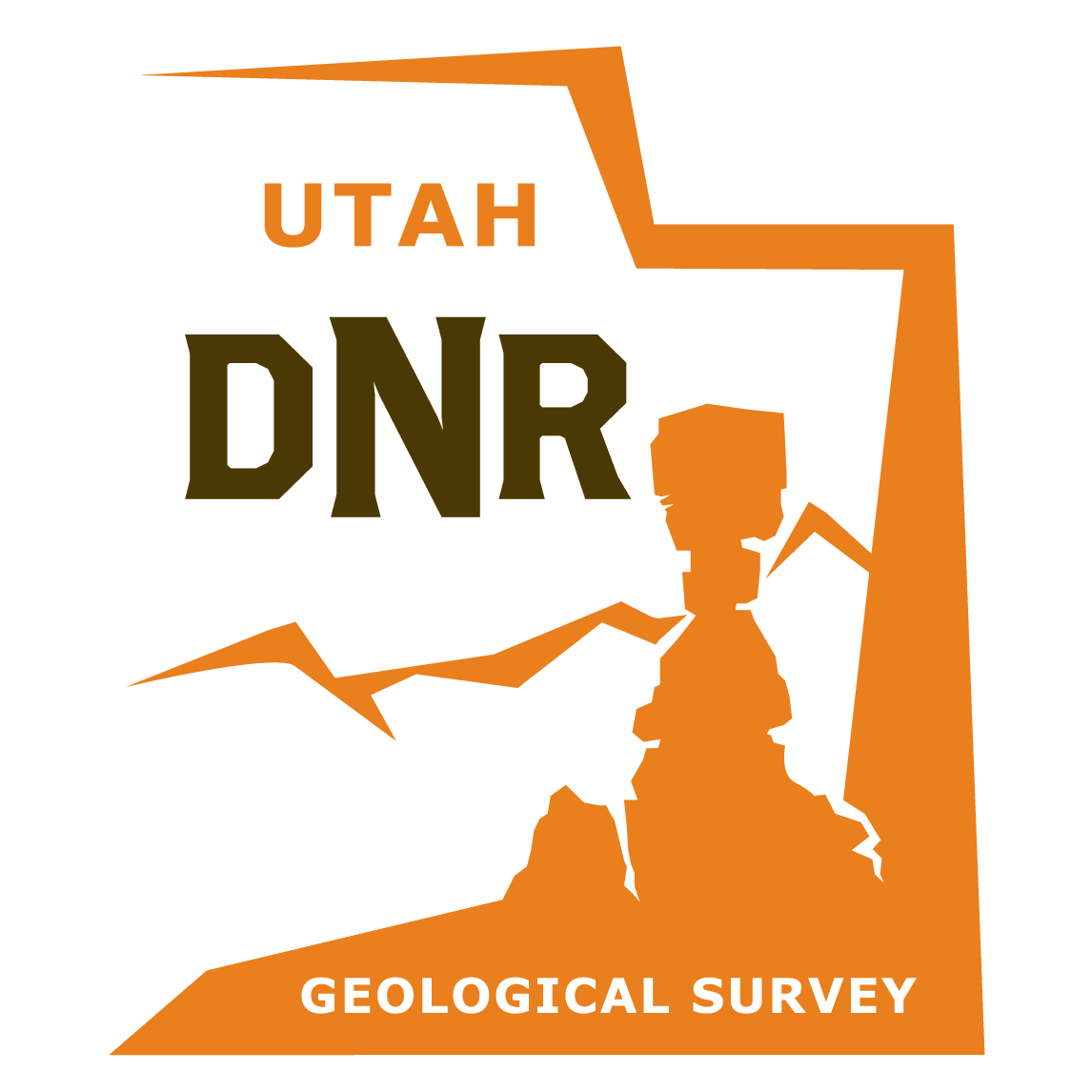Can anyone “Spot the Rock” this week? This photo shows one of the many textures present in Utah’s geology. Tell us where you think this is!
Like us on FACEBOOK or follow us on TWITTER to participate!
UPDATE: Location Revealed
The Honeycombs, or Honeycomb Hills, is a solitary cluster of hills far out in Utah’s West Desert between the Fish Springs and Deep Creek Ranges. The hills are a product of a violent volcanic eruption some 4.7 million years ago, where forty feet of tuff underlies a 200 million cubic yard dome of topaz-rich rhyolite. The Honeycombs gets its name from the texture of the rock; a recurrent pattern of alcoves, hollows and cubbies, called tafoni, created from a weathering process known as honeycomb, cavernous, or alveolar weathering. This type of weathering is most common to seacoasts and deserts in sandstones and granites on inclined or vertical rock faces. Salt weathering has been implicated in forming tafoni, as well as many other physical, chemical, and biological mechanisms. The weathering of rock into tafoni can occur rapidly, as seen on seawalls built only centuries ago.











